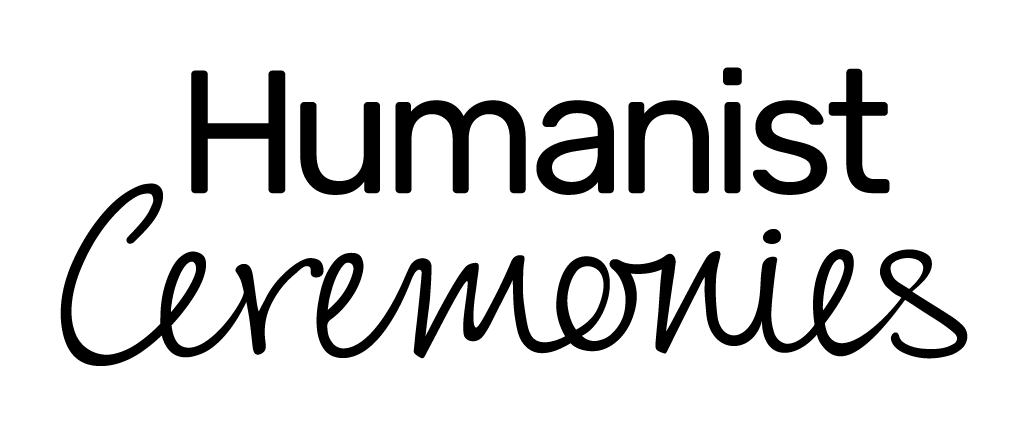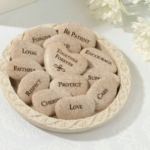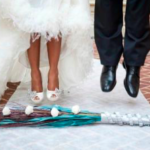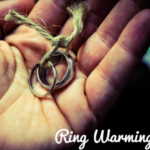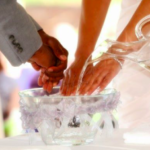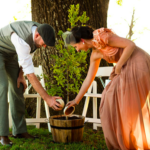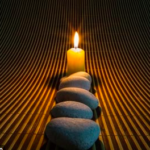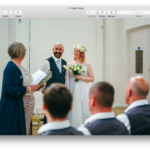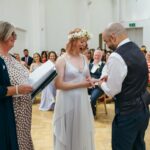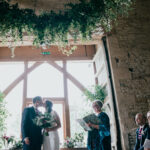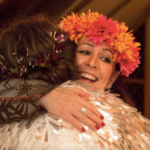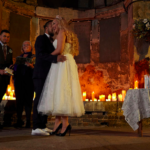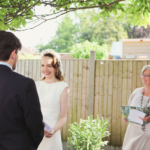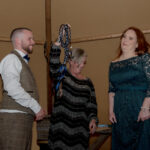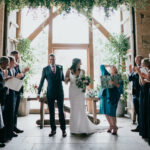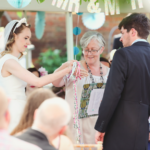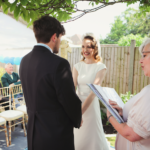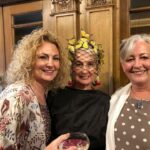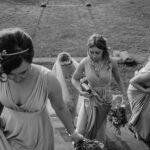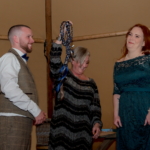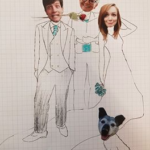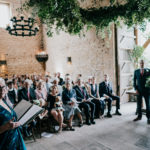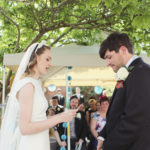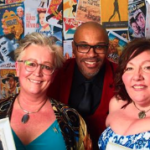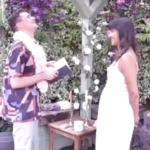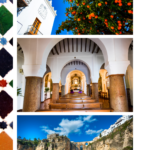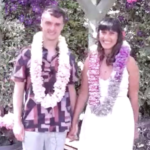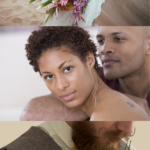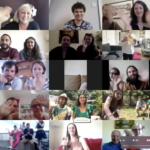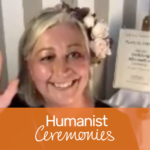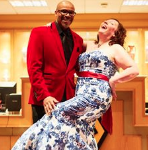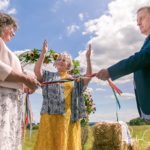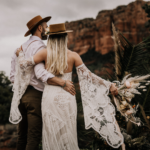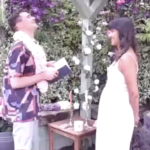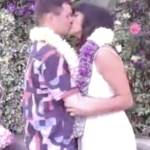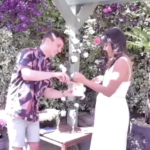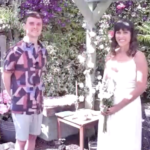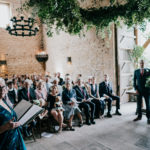Guide to Symbolic Rituals
Your ceremony will be personal and meaningful regardless of the elements you choose to include, but there are some symbolic gestures and rituals which can add to the experience and enhance meaning in your ceremony.
Here is a list of a few of the many different ceremony rituals you may want to include and an idea of the meanings they hold…
Of course, we can create our own special spin on any of them . They can be tailored and tweaked to make them work beautifully for you your ceremony and your story and all of these can be done alongside or instead of a conventional ring exchange.
Handfasting and ‘Tying the knot’
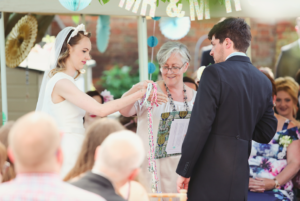
A handfasting is an ancient custom, dating back to the
time of the ancient Celts. It was originally more like an engagement period, where two people would declare a binding union between themselves for a year and a day. The original handfasting was a trial marriage and it gave the couple the chance to see if they could survive marriage to each other. Embracing hands has long been a symbol of love and the ritual is used across many cultures.
Today, handfasting is a very popular and there are many variations of the traditional . We can work out together what works best for you and your ceremony.
After the couple declare their intent to enter into the union (or reaffirm their commitment to it), the hands of the couple are clasped and fastened together with a cord or cords, ribbons or other materials just before, after, or during the vows made to one another. With the use of cord, ribbon or ropes, the couple represent their union (and that of their families) by binding their hands together…usually for a short while during the ceremony but if you’re daring you can choose to be bound for your entire wedding day!
The handfasting knot that is tied is a symbolic representation of oneness between the couple. In a show of unity, they become bound to each other.
Tie the Knot (Literally!)
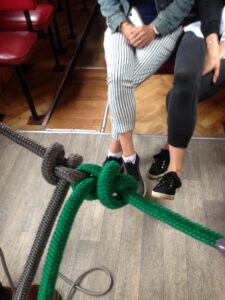
Linked to Handfasting, the phrase “tying the knot” is related to this ancient ritual .
There are many ways to do this…and we can again involve friends and family in laying the ribbons or cords over the couples hands. There is a range of variations of knots such as the fisherman’s knot (which get’s stronger under pressure) lovers knot, or infinity knot….)
You get creative making your own handfasting ribbons (a lovely thing to do together or with your family and friends), chosing colours to represent features or values of your partner or relationship and/or to match your wedding colour themes. Trinkets or mementos of your time together can also be added…
If making things is not for you there are great suppliers who can supply them to your specifications. I highly recommend https://www.etsy.com/shop/LiverpoolCelebrant for ceremony supplies.
Whatever format you chose they form a visual representation of your bond and can be displayed after the wedding in a box frame.
Quaich
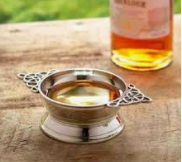
Drinking from a Quaich is an ancient Scottish ceremony, symbolic of trust, love and peace between two people.
This act of sharing is a symbolic of the life you will share together, and the cup represents the cup of life. In drinking from the same cup, you are symbolizing your commitment to share all that the future may bring. All the sweetness life’s cup may hold should only be sweeter because you drink it together. And whatever bitterness it may contain should be less bitter because you share it together. This is traditionally done with whisky but you are welcome to choose a drink of your choice and create your own special drink (alcoholic or not).
Wine Ceremonies
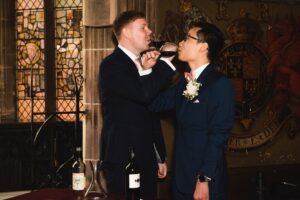
Wine is often used to symbolise life and there are many ways to include this in your ceremony. Two popular takes on this are :
1) During the wedding ceremony, a bottle of wine is enclosed in a box. Some couples opt to add an extra layer of meaning within the ceremony by including love letters or copies of your vows to one another alongside the wine, or by designating a specific occasion (such as a future anniversary) when the box will be opened and the wine will be drank together.
We can have the wine and the box on display on a table, along with anything you wish to include in the box (such as letters to one another). When the time comes, I’ll explain the significance of the wine box and how you intend to use it (e.g at a 5 year anniversary). During the ceremony you place your letters to each other in the box and ceremonially seal it.
2) Another take on using wine is in a Wine Blending Ceremony….which sees two wines (e.g one red, on white)…blended by the couple into a new vessel and then each partner offering the other a sip from the new wine. The symbolism of this needs no explanation…
You can use drinks other than wine to blend…even making your own ‘cocktail’!
Ring Warming
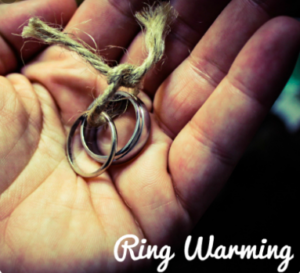
A wedding band warming is a lovely way to involve all of your guests at the ceremony. This is where the wedding rings get passed round all the guests (usually tied on a ribbon or on a ring cushion) as the ceremony is taking place (or at the beginning) so that everyone gets to ‘warm the rings’ and add their own thoughts, wishes and hopes for your marriage. They are passed round (usually monitored by a reliable member of the wedding party) until they make their way back to the front in time for the vows.
Unity Candle
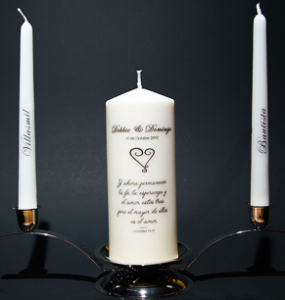
A Unity Candle is a symbolic way of showing the joining of 2 individuals. You will light two candles to symbolise your identity as two individuals. This is usually done before the vows. After the vows you would light a third candle – although you are still individuals, you are also then as one and from the two candles they light a third to recognise your union together.
An alternative take which can involve family members joining the ritual to symbolize two families becoming one e.g. a parent or family member representing one of the couple, lights one of the couple’s candle and another representative of the other family do the same for the other candle. The couple then performs the ceremony. This is a lovely ritual and is great for evening or winter ceremonies (not so good for outdoors though!)
Jumping The Broom
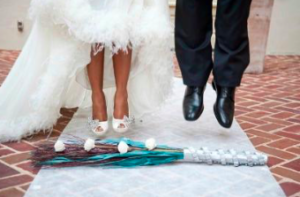
This is an adaptation an old African-American tradition to jump over a broom on your wedding day. The broom symbolises the sweeping away of the past and the fact that you are now starting a new life together – as a happy married couple!
Oathing Stones
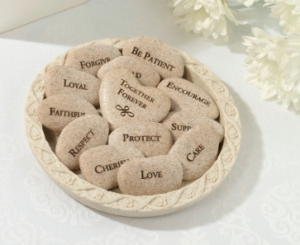
An Oathing Stone is an old Scottish tradition where you place your hands upon a stone while saying your wedding vows. It was thought to be the best way to express your solemn promise in physical form and it is where the saying ‘set in stone’ came from. This ancient ceremony is rooted deeply in the Celtic traditions. Having a connection to your ancestors and the land was a critical ingredient to any important new venture – particularly, marriage. The oathing stone helps root your future into the wisdom of the past at the start of your new life.
Again, creativity knows no boundaries here…you can use stones etched or painted with your values (e.g ‘Family’, “Kindness’, “Hope” etc or with your initials and date of the wedding…) and as in old Scottish tradition, an oath given near a stone or water was considered more binding. You can hold an Oathing Stone during your vows and then cast them into water (if outdoors) in their hands. It is believed that holding the stone during the reading of the vows casts them into the stone.
Couples have opted to have seashells instead of stones for their beach weddings but placed the same sentimental value on the ceremony!
Another version of the stone ceremony is where guests will write a loving message on a stone, or simply make a wish on a stone and the bride and groom will keep the collection at the end of the day.
Sand Ceremony
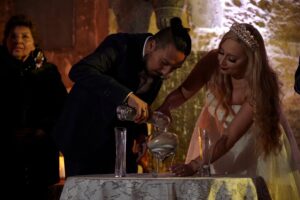
A Sand Ceremony is a unique way to symbolize two lives or families becoming one. The separate bottles of sand represent your single lives, separate families and separate friends and your lives before your wedding day. Two containers of sand are poured into one container, the individual containers will no longer exist, but will be joined together as one and just as the grains of sand can never be separated, neither will you in your married life. This can be done with sand from significant beaches/areas in your lives or with different colours of sand too and you can involve your family (e.g children) also. This is a really lovely ceremony to get family involved in (particularly blended families) and again forms a lovely solid, visual representation of your special day.
Stones and Sand
There is also a variant where you use different sizes of stones to represent the
challenges you will take on together through your married life, big stones for
the large events in life are placed into a jar until it is full. Smaller pebbles
symbolise those moments which may be less important but are still significant,
will fill in the gaps around the larger stones until the jar again seems full.
Finally, sand is poured in to symbolise all those small steps you take together
each day just as the sand fills in the rest of the gaps.
This symbolises that while you may look back on your life together and see
those big events, it is all the little kind gestures and support you give each other along the way that shore up and support you through the bigger challenges.
Tree/Pot Planting Ceremony
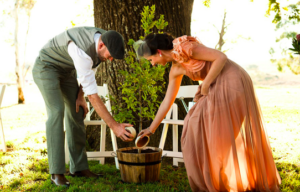
This is a very eco-friendly, green option for a unity ceremony! Perfect for an outdoor ceremony whether it is a beach wedding, in a garden or forest. Again, key family members can be involved (if wanted) and earth from special place of significance can be used too. It’s a lovely way to symbolise putting down roots and longevity and strength within this marriage!
Rose Ceremony
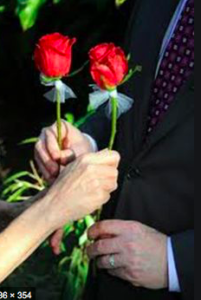
A rose ceremony can be performed after the exchange of vows. In this case, the couple each have a rose that they exchange to one another that will symbolize their first gift to each other as a married couple. The roses can then be dried and preserved.
Roses can also be given to each of the couple’s parents or children as a gift and uniting the families together.
Cleanse with Water
This is where couples symbolically start afresh with a clean slate. Each of you washes the hands of the other and this can be done before you exchange vows.
These are just a few popular rituals however there are many, many more….from different cultures and traditions.
By getting to know you and your story, I will help you find which works best for you both and research other forms of rituals and customs, depending on your cultural heritage . It’s important that all the ritual elements of your ceremony are aligned to your story and all can be personalised for you and your circumstances.
Of course, the addition of other ceremonial rituals is a choice and should be reflective of an aspect of your relationship you wish to emphasise .
The old ‘less is more’ adage is important to bare in mind too however – a simple ring exchange remains a potent and powerful ritual in ceremonies binding people’s lives together.

